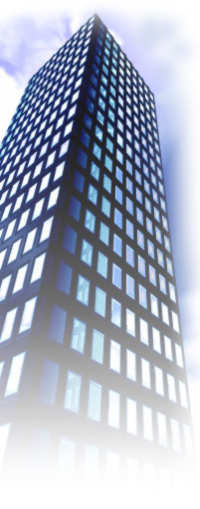|
The Big Apple
In the 1920s, a sportswriter for the Morning Telegraph named John Fitzgerald
overheard stablehands in New Orleans refer to NYC's racetracks as "the Big Apple." He named his column "Around the Big Apple."
A decade later, jazz musicians adopted the term to refer to New York City, and especially Harlem, as the jazz capital of the
world. There are many apples on the trees of success, they were saying, but when you pick New York City, you pick the big
apple.
Manhattan and Staten Island are islands; Queens and Brooklyn are on the western tip of Long Island.
So, of New York City’s five boroughs, only the Bronx is part of the mainland. However, there is an island that ‘s
part of the Bronx and yet feels like a New England fishing village: City Island, a marine-related community offering fishing,
boating, and a wide range of restaurants and snack bars.
The Statue of Liberty or is 101 feet tall from base to torch, 305 feet tall from
pedestal foundation to torch. She has a 35-foot waist and an 8-foot index finger, and she weighs 450,000 pounds.
There are 6,374.6 miles of streets in New York City. The Verrazano-Narrows Bridge is so long –
4,260 feet – that the towers are a few inches out of parallel to accommodate the curvature of the earth. New York City
has 578 miles of waterfront. The Bronx is the only New York borough connected to the mainland.
The New York Stock Exchange is the world's largest exchange.
| 